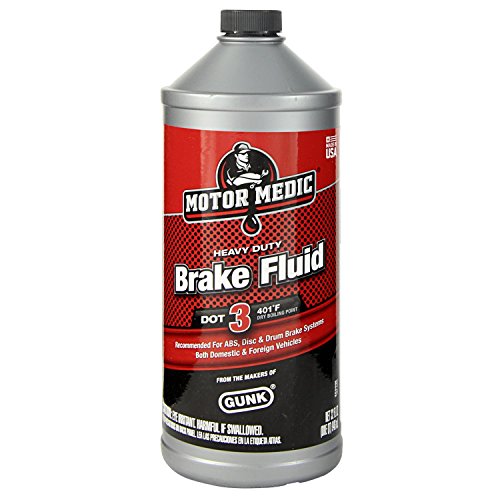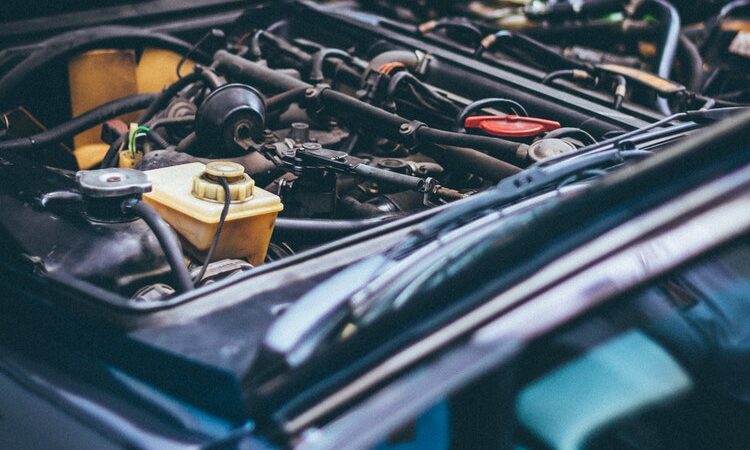Dot 3 Vs Dot 4 Brake Fluid – When To Use Which

You can have the best brake pads along with all the high performance brake parts available. But without brake fluid in your system, you can forget about stopping power. The brake fluid, by means of hydraulics, is what moves the pistons which push brake pads toward your rotors, slowing your vehicle down.
Most cars use either DOT 3 or DOT 4 brake fluid. The cover of the master cylinder usually says which one. But we’re going to look at the difference between the two fluid types, when to use them, and our take on a related area of controversy.
Differences
Here are some of the main differences between DOT 3 and DOT 4 brake fluid.
-
- Boiling Point – If you use DOT 3 fluid, you use your brakes a lot, and have soft brakes, solving the problem could be as simple as changing to DOT 4 fluid. DOT 3 has a lower boiling point, so heavy duty braking can make the fluid boil quickly, putting air bubbles in your braking system, which can diminish your braking power. Air doesn’t belong in your braking system. That’s why your brakes have to be bled once in a while.
-
- Chemical makeup – Dot 3 fluid is able to handle most heat situations, but DOT 4 has an extra ingredient to make the fluid more stable, especially in high heat situations.
-
- Car Types – A vehicle that brakes with more force and with frequency, like a racing car or police vehicle, is going to have DOT 4 brake fluid. Most others will do fine with DOT 3, as aggressive braking is rare.
- Boiling Capacity – We’ll make this part easy. DOT 3 responds better to exposure to water and air than DOT 4, but DOT 4 resists fluid boiling way better than DOT 3.
When To Use

As noted earlier, if you are not planning on doing any kind of heavy duty hard braking, then your car’s braking system should be okay with DOT 3 braking fluid. You likely won’t have to worry about it, as most cars are already set up for DOT 3.
With the exception of driving a motorcycle, you may never have to use DOT 4 in any of your braking systems. Police vehicles are one driving scenario that will require a minimum of DOT 4, due to the speeding up and slowing down, such as during a high speed chase. Race cars operate at very high speeds as well. They need heavy duty brakes with a fluid that can stand up to the heat of slowing down as quickly as possible from a higher speed.
Can You Mix The Two?
One area of controversy related to use of DOT 3 or DOT 4 is whether you can mix them or not. Thinking about the makeup of each fluid type, you may want to avoid doing so.
As we covered earlier, DOT 4 has a higher boiling point than DOT 3. Mixing the two does not improve the boiling point; if anything it hinders the higher one. And DOT 3 handles water and air better than DOT 4. Mixing them doesn’t improve those properties either.
In an emergency, you might be able to get by with mixing it, just replace the right one as soon as possible. Caution: do not substitute DOT 4 with DOT 3. Of course, in an emergency, you may not have the luxury of sticking to recommendations.
Summary
We hope this article has helped you to understand the difference between DOT 3 & DOT 4 brake fluid, and when to use them.





